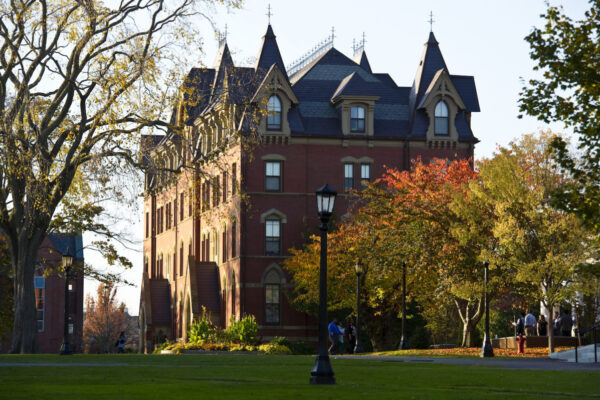Strengthening America’s Regional Public Universities
Title: Regional Public Universities: Expanding Higher Education’s ROI for Student and Communities
Authors: Cecilia M. Orphan and Mac Wetherbee
Source: Third Way
A new Third Way report urges tailored federal and state support for regional public universities (RPUs)—rural and urban alike—that educate the majority of four-year public college students and drive local workforce development.
RPUs are “regionally-focused colleges and universities that education 70 percent of all students (nearly seven million annually) attending four-year public institutions in the United States each year,” according to the report. They offer accessible education to individuals throughout their adulthood while also training students to enter economically important jobs in a particular region.
While there are different types of RPUs (e.g., regionally-focused HBCUs, master’s degree-granting RPUs, urban-serving MSIs, and Puerto Rican Hispanic-serving RPUs), about 49 percent of RPUs are considered rural-serving.
Yet RPUs face low funding under broad policies and programs that also fund non-RPUs. As such, report authors Orphan and Wetherbee suggest the following policy recommendations:
Develop a federal Region-Serving Institution designation. Creating an RPU designation that is akin to what already exists for MSIs could create a new wealth of opportunities for the institutions. Subsequent funding and opportunities could potentially serve students in more effective ways.
Build funding partnerships between state and federal government. States can reassess their funding and find ways to invest in RPUs, and the federal government should encourage states to invest more in these institutions. Doing so can foster better statewide economic outcomes, as well as improved success metrics for students.
Revise federal programs with RPUs in mind. Institutions are often required to provide matching funds to access certain Department of Agriculture and Department of Labor grants, an obstacle for many RPUs. The government should consider waiving these requirements for RPUs, as well as encouraging federal agencies to offer more programming supporting applied research at RPUs.
Differentiate policies based on type of institution. Given the diversity of RPUs, multiple types can exist in the same district. Thus, policymakers should consider adapting policies to target the different types of RPUs and their needs.
To see the full report, click here.
—Kara Seidel
If you have any questions or comments about this blog post, please contact us.


